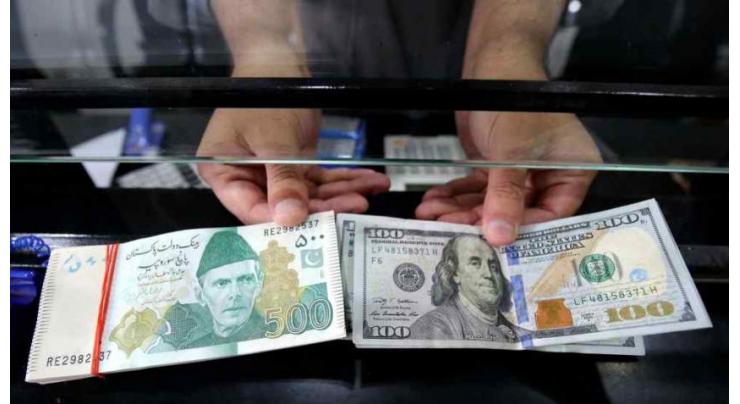
Pakistan At High Risk Of Currency Crisis: Nomura
Abdullah Hussain (@Abdulla99267510) Published November 23, 2022 | 01:23 PM

The latest reports say that seven other countries including Egypt, Romania, Sri Lanka, Turkey, Czech Republic and Hungary are also at the high risk of currency crisis.
ISLAMABAD: (UrduPoint/UrduPoint / Pakistan Point News-Nov 23rd, 2022) Nomura, a Japanese bank, on Wednesday warned that seven countries including Egypt, Romania, Sri Lanka, Turkey, Czech Republic, Pakistan and Hungary were now at a high risk of Currency crises.
The Bank said that 22 countries out of 32 have witnessed rise in risk since last update in previous year May.
Czech Republic and Brazil witnessed huge increase in the risk of crisis.
The latest reports say that It meant the sum of the scores generated on all 32 by the model had increased sharply to 2,234 from 1,744 since May.
Nomura economists said, “This is the highest total score since July 1999 and not too far from the peak of 2,692 during the height of the Asian crisis,” calling it “an ominous warning sign of the growing broad-based risk in EM currencies”.
The latest reports say that the model crunches 8 key indicators on a country’s FX reserves, exchange rate, financial health and interest rates to give an overall score.
Based on data from 61 different EM currency crises since 1996, Nomura estimates that a score above 100 indicates a 64% chance of a currency crisis in the following 12 months.
Egypt, which has already devalued its currency heavily twice this year and sought an International Monetary Fund (IMF) programme, now generates the worst score at 165.
Romania is next on 145 having been propping up its currency with interventions. Default-stricken Sri Lanka and currency crisis-regular Turkey both generate scores of 138, while the Czech Republic, Pakistan and Hungary notch 126, 120 and 100 respectively.
Nomura also ran the Damocles model on the G7 group of leading economies, with the results showing that all but Japan now have Damocles scores above the 100 threshold, led by the United States and Britain.
EM economies are still more vulnerable. Most have not fully recovered from the COVID-19 pandemic and now face high inflation, limited fiscal space, negative real interest rates, a weaker balance of payments and diminished FX reserve cover.
“It is somewhat surprising that there have not been more full-blown EM currency crises this year,” Nomura added.
Related Topics
Recent Stories

PM takes notice of deliberate delay in tax cases

Iranian President visits Allama Iqbal’s mausoleum

Iranian President arrives in Lahore today

Currency Rate In Pakistan - Dollar, Euro, Pound, Riyal Rates On 23 April 2024

Today Gold Rate in Pakistan 23 April 2024

Islam enlightened world with its teachings about knowledge: Dr Jamileh

Record London close as oil prices drop on easing Middle East fears

TV tower in Kharkiv struck as Russia captured village

LCCI language courses from May 1

Governor for service oriented governance in Punjab

Survivors tell of panic at C.Africa river boat disaster

Enrolment campaign, awareness walk held in Lower Chitral
More Stories From Business
-
Gold rates further decline by Rs.7,800 per tola to Rs.240,900
19 minutes ago -
Tesla earnings a 'moment of truth' for Musk after stumbles
2 hours ago -
Foreign exchange rates
3 hours ago -
EXCHANGE RATES FOR CURRENCY NOTES
3 hours ago -

Currency Rate In Pakistan - Dollar, Euro, Pound, Riyal Rates On 23 April 2024
4 hours ago -

Today Gold Rate in Pakistan 23 April 2024
5 hours ago
-
Tokyo shares open higher
5 hours ago -
Pakistan commends CIDCA for Continued Support in Economic Development
12 hours ago -
Macro-economic indicators start showing positive trends in country
12 hours ago -

Record London close as oil prices drop on easing Middle East fears
14 hours ago -

LCCI language courses from May 1
14 hours ago -

Ch. Shafay reviews steps for promotion of technical education
14 hours ago










